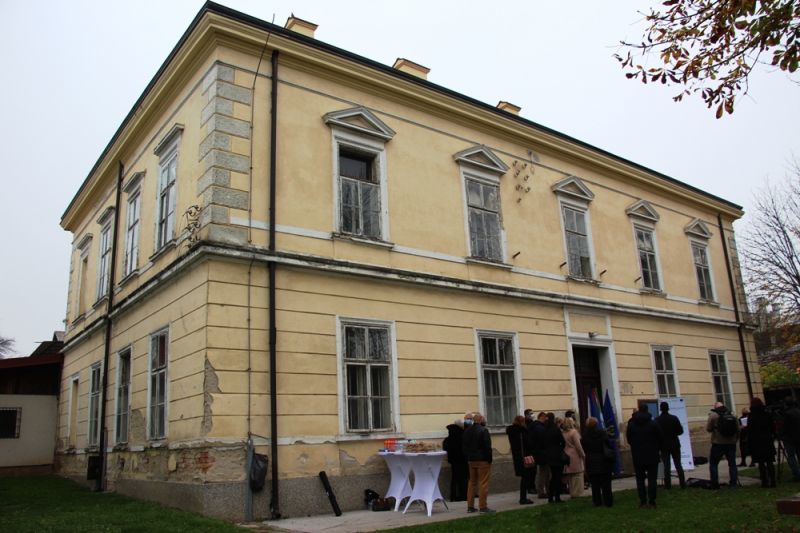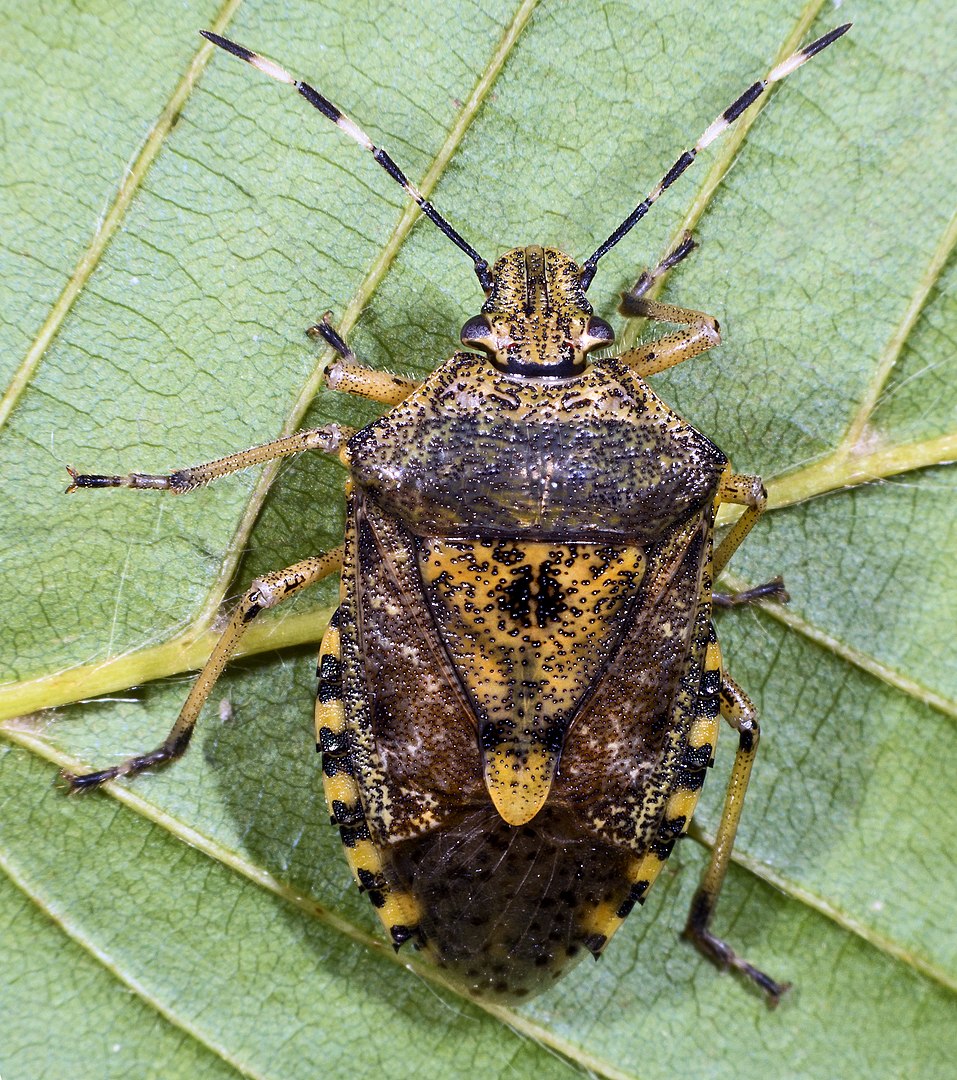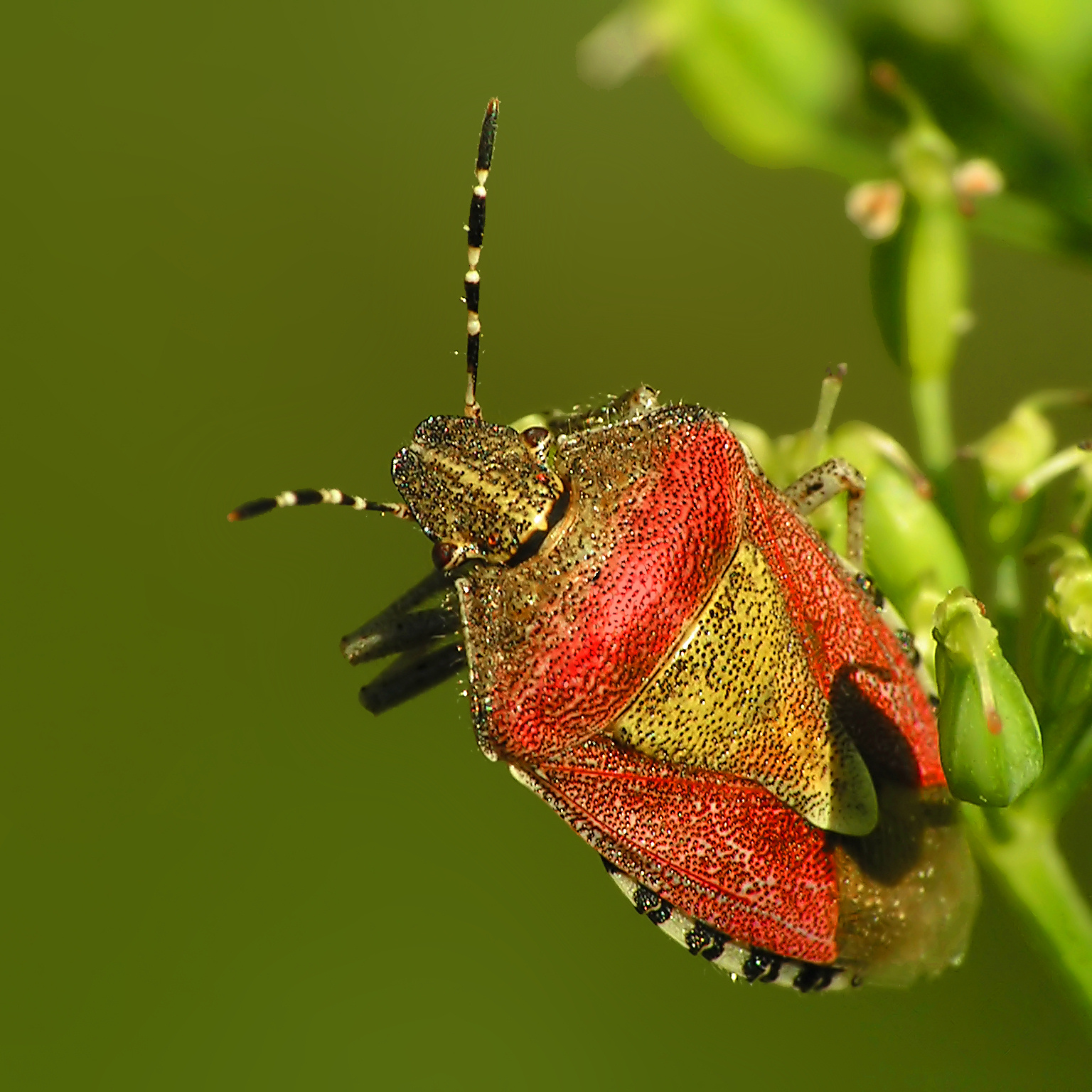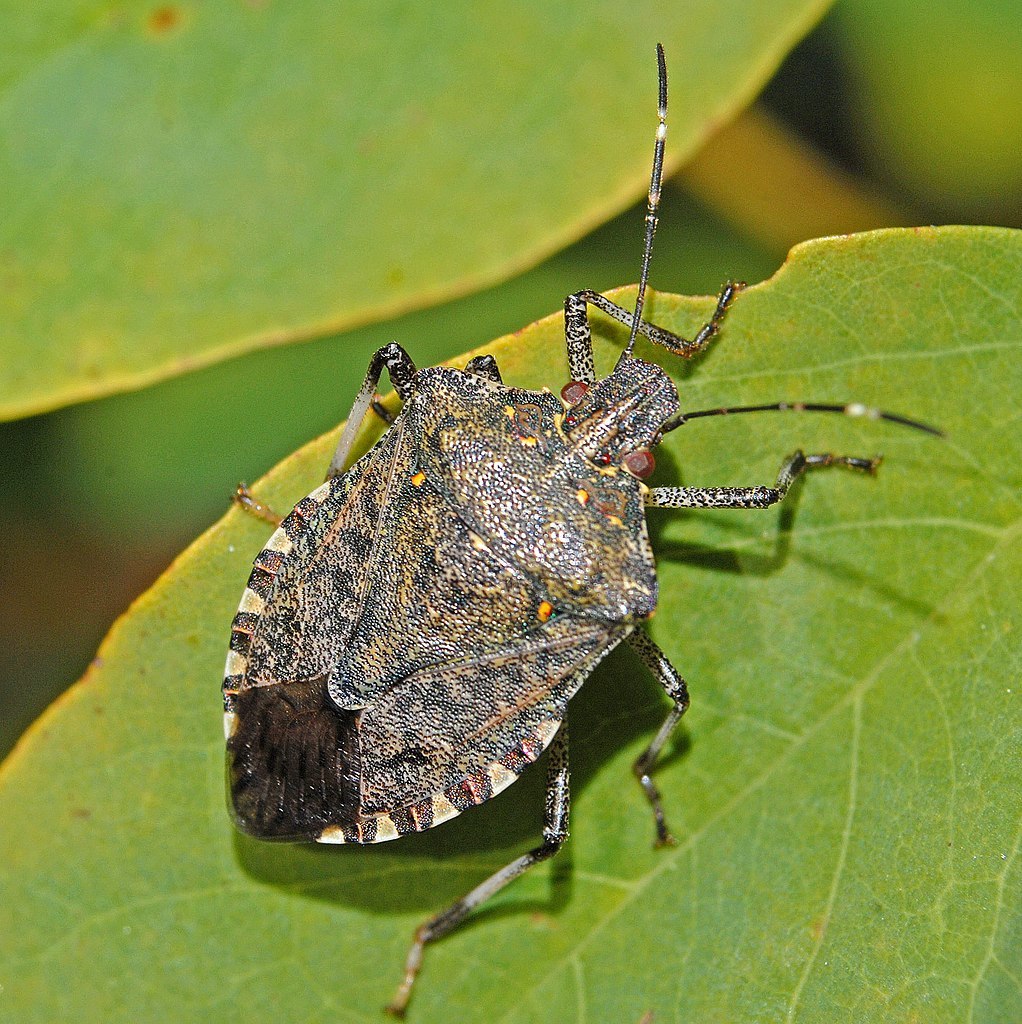Draskovic Palace in Dugo Selo Becomes Community Culture Centre
November 16, 2020 – Dating back to the end of the 19th Century, the Draskovic Palace in Dugo Selo has lay abandoned since 2003. In part thanks to EU money, it will become a cultural centre for visitors and the community by 2023
An abandoned but nationally-protected building in Zagreb County has secured EU funding in order to become a cultural centre for its community and visitors. Draskovic Palace in Dugo Selo will see an investment of HRK 14.4 million, with an 85% share coming from the European Regional Development Fund. The remaining 15% will be covered by the City of Dugo Selo.
The Draskovic Palace in Dugo Selo dates back to the end of the 19th Century and is named after its first owners, the family of Count Draskovic. Although a major landmark in the City of Dugo Selo, the building has lay abandoned since 2003.
The 1,485-square-metre Draskovic Palace in Dugo Selo will undergo construction and infrastructure works that will last until the end of November 2021. Following these works, a museum space will be built on the ground floor which will house a permanent exhibition of Saint Martin's heritage (Saint Martin is the patron saint of Dugo Selo). There will also be exhibits of Templar tradition in the town and exhibits of the city's industrial history. On the first floor, a multifunctional hall of the Mayor's office is planned. In addition, there will be seven educational classrooms built and another space for public events. The building is scheduled to be opened in 2023.
The Draskovic family is one of the oldest recorded noble houses in Croatia. The first written mention of them dates back to the 15th century. Notable family members included Juraj II Drašković (1525–1585) former bishop of Zagreb and Ban (Viceroy) of Croatia, Ivan I Drašković, younger brother of Juraj, a commander of Croatian and Hungarian forces under the command of Nikola IV Zrinski, Ivan II Drašković, Ban of Croatia between 1595 and 1608, Ivan III Drašković (1603–1648), Ban of Croatia from 1640 and the highest Croatian dignitary in the Hapsburg empire, Ivan V Drašković, Ban of Croatia from 1732 to 1733, Janko Drašković (1770–1856), a pro-Croatian autonomy politician, Juraj V Drašković, a soldier ranking as Major-General under Ban Jelačić, Karlo Dragutin Drašković (1873–1900) was a noted amateur photographer, Julijana Drašković (1847–1901), a painter and Maria Drašković of Trakošćan (1904–1969) who, as wife to the Duke of Bavaria, was the matriarch of the House of Wittelsbach and, as such, the dispossessed Catholic heir to the throne of Great Britain.
All images © Grad Dugo Selo
For the latest travel info, bookmark our main travel info article, which is updated daily.
Read the Croatian Travel Update in your language - now available in 24 languages.
Interview: In Defence Of Stinky Martin aka Smrdljivi Martin
November 12, 2020 - Named after St. Martin's Day, when we most often encounter them, the bug known as Stinky Martin aka Smrdljivi Martin has a bad reputation. But, according to Lucija Šerić Jelaska, a doctor in the Biology Department of the Faculty of Science at the University of Zagreb, such a reputation is undeserved.
So usually pleasant is the weather in Croatia that it's not uncommon for home windows to be flung open in spring and rarely closed again until mid-late autumn. When we finally do so, we're looking to escape the increasingly chilly conditions outside. We're not the only ones who want to come in from the cold.
Some animals hibernate over winter, others just seek somewhere a little more sheltered. In autumn, a few spiders and insects can unwittingly enter homes through open windows on their search. Named after Saint Martin's Day, which takes place on 11th November, Stinky Martin aka Smrdljivi Martin is the most discourteously named bug to do so.
“Stinky Martin aka Smrdljivi Martin belongs to a family known as stink bugs or shield bugs,” explains Lucija Šerić Jelaska PhD to TCN. Lucija is a doctor of science who works as a researcher in the Biology Department of the Faculty of Science at the University of Zagreb. “They all have glands that produce a pungent or unpleasant spray when disturbed or threatened. It's a form of protection from predators.” Smrdljivi Martin © Didier Descouens
Smrdljivi Martin © Didier Descouens
“It is not a species specific to Croatia - Smrdljivi Martin is just the common name here for a bug that is found all over Europe,” says Lucija of Rhaphigaster nebulosa (Latin) or the Mottled Shieldbug (English common name). “They like warm and humid climates and so, in winter, they go looking for places to escape the cold. Sometimes it's leaf litter. Other times, it can be the cellars of buildings or people's homes. Around Saint Martin's Day it's becoming colder and so we come into contact with Stinky Martin aka Smrdljivi Martin more often, but actually, they are around outside all the time.”
Insects are unwelcome guests in our homes. But, despite their ghastly name, Stinky Martin aka Smrdljivi Martin are relatively harmless. They move quite slowly. They also fly slowly and clumsily, emitting a low humming noise when they do. They can easily be caught and removed from the home. They can be kept from entering by the same nets we use to keep out mosquitoes, or by closing the windows in our cellars. And yet, perhaps because of their memorable name, mentioning them or catching sight of the often produces the screwing up of faces in disgust.
“Well, they are not beautiful like butterflies or big, shiny, colourful beetles,” laughs Lucija, “and the smell doesn't help. But, they are not considered a pest. When they group together in large numbers, then they can be a pest. People don't like to see them in their orchards or gardens because they can damage the fruit.”
“They mostly feed on plants. The have a long, piercing mouthpart which they use to suck sap from plants. The scars they leave on some fruits by doing this can be attacked by fungi and that can ruin the fruit.”
The defensive spray of Stinky Martin aka Smrdljivi Martin can easily be avoided and, truth be told, aside from very rare and minor allergic reaction, it's not much of a bother if it does catch you. You can simply wash it off, change your clothes. And the smell really isn't that bad.
“Winemakers don't like stinky bugs,” explains Lucija, detailing the few who can be most detrimentally affected by Stinky Martin aka Smrdljivi Martin. “They can hide between the leaves and even the grapes. If enough of them enter the wine production, that wine can have a strange smell and flavour because the bugs contain chemicals like aldehydes and alkynes, sometimes even cyanides which pollute it.” "Smrdljivi Greta is another European shield bug species common to this area and also in Asia. You can find it in hedgerows, fields, parks, gardens. I don't actually know how she got the common name Greta. Unlike Martin, who is a rather dull brown in colour, Greta's colour can be quite bright and variable. It is usually a reddish-purple. I'm speculating, but maybe it was given a female name because of the colour and it was supposed this bug was a female counterpart to Smrdljivi Martin? Of course, they cannot consummate such a relationship - although similar in appearance, they are different species." Photo © Dominik Stodulski
"Smrdljivi Greta is another European shield bug species common to this area and also in Asia. You can find it in hedgerows, fields, parks, gardens. I don't actually know how she got the common name Greta. Unlike Martin, who is a rather dull brown in colour, Greta's colour can be quite bright and variable. It is usually a reddish-purple. I'm speculating, but maybe it was given a female name because of the colour and it was supposed this bug was a female counterpart to Smrdljivi Martin? Of course, they cannot consummate such a relationship - although similar in appearance, they are different species." Photo © Dominik Stodulski
Despite not being welcomed by homeowners and cultivators, Stinky Martin has been here probably for longer than humans have. “They are a natural part of our ecosystem,” says Lucija, defending the bug's residency. “They are food to predators that feed on bugs, such as birds, spiders, some amphibians and other insects. The insects that feed on stinky bugs can be important in biological control, because of the other pests they feed on. Stinky bugs don't necessarily just eat the plants we like either. They could have a role to play in regulating the population of some weed plants.”
The most annoying encounter we regularly have with Stinky Martin aka Smrdljivi Martin at this time of year is on the washing line. Woe betide anyone who leaves freshly washed bedsheets to dry overnight outside in November. Depending on where you live, by the morning, many shield bugs could have crawled between the layers of your sheets, looking for shelter. If you're a bit squeamish, they can make for an awful surprise when appearing in larger numbers. However, if that's something you have seen, you probably shouldn't blame Stinky Martin.
“Those are very likely not Smrdljivi Martin,” explains Lucija. “They simply do not exist in such numbers to be able to invade our homes and lives like the bugs that you and I must remove from the sheets on our washing lines. There is a newcomer that has been causing problems across Europe over the last few years. It is an invasive brown marmorated stink bug, originally native only to Asia. It strongly resembles Smrdljivi Martin. But, there is a big difference. Smrdljivi Martin is a native species. It has been part of our ecosystem for thousands of years. It has natural predators and parasites which control its population.” The unwelcome invader, a brown marmorated stink bug, often mistaken as Stinky Martin © Hectonichus
The unwelcome invader, a brown marmorated stink bug, often mistaken as Stinky Martin © Hectonichus
“I first became aware of it when one of my students, Ivan Šapina, noticed them in a cellar in Rijeka in the winter of 2017. He brought it to me, we identified it and wrote a paper about it. The following spring, they were all over Croatia. As a newcomer, it simply does not have the predators and parasites here that has been regulating Smrdljivi Martin over many years in our balanced ecosystem. They now greatly outnumber Smrdljivi Martin, Smrdljivi Greta and all other native species.”
“It's really difficult to tell the difference between these newcomers and Smrdljivi Martin,” says Lucija, explaining the reason for Martin getting cursed more frequently over recent years. “I'm not sure these differences could be so easily spotted with the naked eye. There are differences in their antennae and in the pattern of their wing membrane. Both bugs are brown in colour, but on the invasive species, the central part of the shield area of their body is completely marmorated - it has a marbled appearance. Smrdljivi Martin doesn't have that uniformly marbled appearance.”
If you do encounter any shield bugs entering the home this year, it's worth remembering that they are relatively harmless and are not coming inside to start a family (Stinky Martin doesn't lay its eggs until late Spring, and does so outside, on the leaves of plants). And, if you see several on your drying sheets, it's likely a false accusation to blame Stinky Martin. Martin already carries the burden of the unpleasant name we've given them, perhaps they deserve a break? Unlike the annoying newcomer on the washing line, Stinky Martin has as much right to be here as you or me.
For the latest travel info, bookmark our main travel info article, which is updated daily.
Read the Croatian Travel Update in your language - now available in 24 languages.
Medjimurje: Small Croatian Municipality Beating Tourist Records
As Poslovni Dnevnik writes on the 20th of July, 2020, in the heart of upper Medjimurje lies picturesque Sveti Martin. Over the years, Sveti Martin has become a well known tourism generator for that particular inland county. Today, private renters, family farms and numerous attractions such as walks with deer take place there, according to Dnevnik.hr.
They're all calling Medjimurje ''coronavirus free'' and so far in July, when the rest of Croatia is typically recording just 50 percent of last year's results, they recorded 12 percent more arrivals and the same number of overnight stays. Of that, 58 percent are Croatian guests who are encouraged to holiday here at home. Foreigners on the other hand, are increasingly choosing luxury holiday villas.
"I'm extremely glad, they're very dear guests. They decided essentially to be here given the fact that Spain had such a situation as it did, as did Italy. As far as coronavirus is concerned, we've done really well here, we have practically not had a single infected person for months,'' said Antonija Nesik from Sveti Martin, who rents out private accommodation to tourists.
In order to make more money from tourism, the county shares a coupon for every 250 kuna spent, which can be used for 100 different tourist experiences or services. For example for a wine tasting experience or a lunch discount.
"What is typical in Medjimurje is our meat from Tiblica for which we're well known, it's our traditional dish. There's a dessert that I think everyone knows about, which is Medjimurje gibanica, it's a dessert people come to Međimurje to eat,'' said restaurant owner, Branimir Jakopic.
So far, more than 15,000 coupons have been distributed, and as such, in the last month alone, tourism in the area has generated about four million kuna. "It just shows that it's the right decision and the strengthening of our tourism in enogastronomy, the identity of Medjimurje, the cultural heritage, active and sustainable tourism, is the right thing to do," said Medjimurje County Prefect, Matija Posavec.
They hope that this formula will not only save 2020's coronavirus-dominated tourist season, but also persuade guests to return.
For more, follow our travel page.
Saint Martin on Mura – The Real European Destination of Excellence
Have you ever been to Sveti Martin na Muri? Meet one of continental Croatia's gems.
Ready for St. Martin? Choose Where to Try the Young Wine
Martinje, held on the day of St. Martin, is a period awaited year-long by wine admirers, especially those looking to try the first young wine, after its ‘christening’
First Croatian Spa Hotel Receives Halal Certification
The Center for Halal Quality Certification has awarded the LifeClass Terme Sveti Martin hotel with halal certification, thus positioning Sveti Martin as the first Croatian spa hotel with a halal certificate.
Sixth Children’s Bike Camp In Sveti Martin
Bike Club Mura Avantura is organising a camp in two sections to be held on the sports fields of the LifeClass spa
American Trains Run Thanks to a Company from Sveti Martin
A Croatian company quietly providing rail components to an increasing international clientele.


